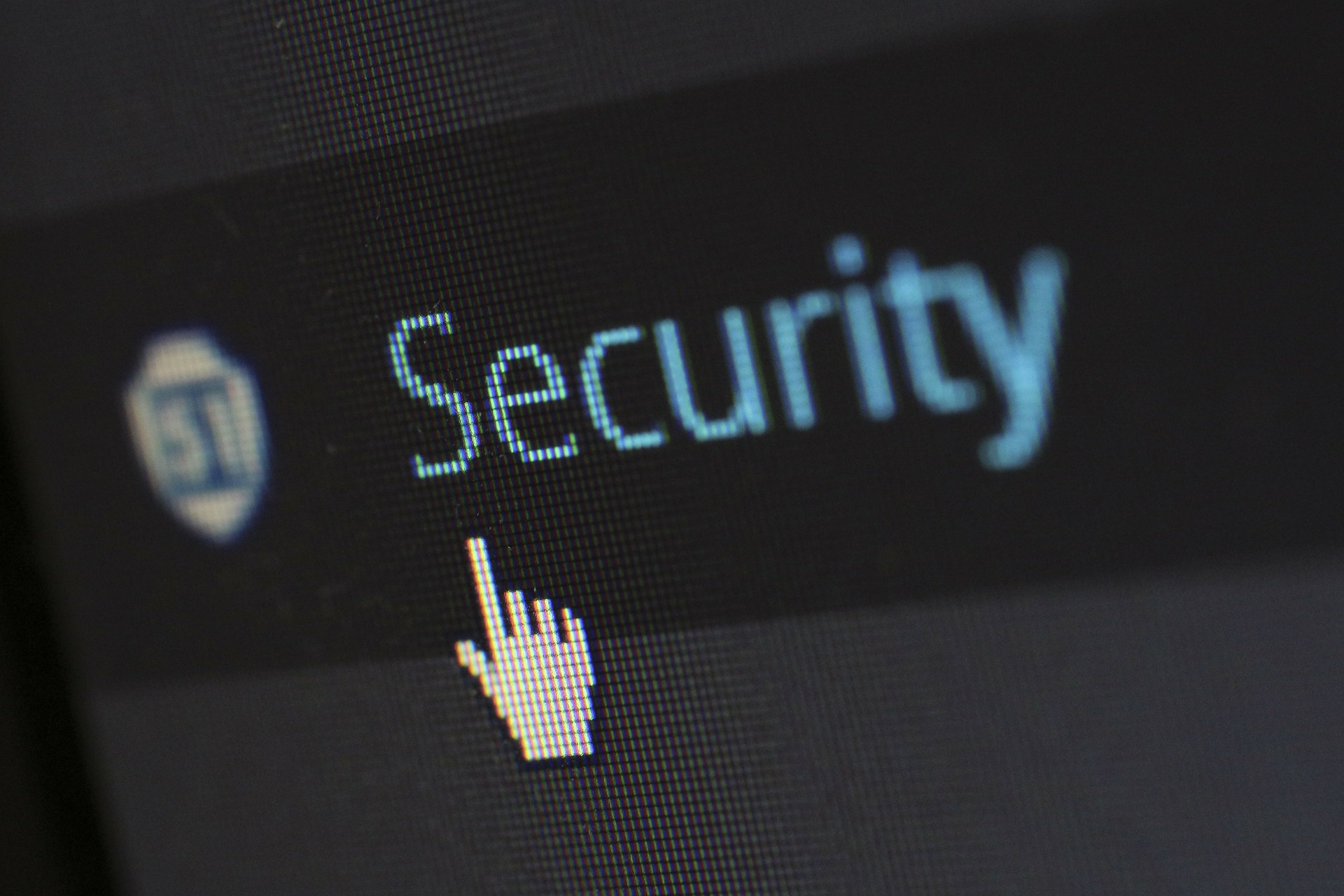
Software piracy is a real problem, not in the least because it stops software creators from earning as much as they could. These pirates like to be operative in countries where there are almost no cyberlaws, which means that the creator of the software is virtually incapable of enforcing the terms and conditions of their license. According to Exceptional Software Strategies, the best way to combat this is to integrate protection tools within the software itself, making it virtually impossible to crack.
Exceptional Software Strategies on Protecting Proprietary Software
New methods are continuously being developed to protect software packages. One of the newest tools is to watermark it, meaning it contains a secret message. This message is hidden inside the software itself, and only those who have the unique key to remove it will be about to get access to it. However, good hackers can potentially crack the license mechanism and work their way around it. That being said, it seems to be the best tool available to date.
Software is watermarked with unique identifiers. The real strength in this is not so much that it stops piracy, but rather that it helps to identify pirates. Because the threat of getting caught looms, pirates are less likely to even try to steal the software in the first place. Of course, reverse engineering is possible, which is seen in Microsoft Intermediate Language and Java bytecode, for instance. However, this is complex and often not worth the effort.
Digital watermarking is nothing new. It has long been used in video, audio, and images. Essentially, it creates a small error within the file, which is barely visible to the naked eye. This is where software watermarking is different however, as all software packages must run error-free. Hence, instead, it uses a unique identifier, which points to the person who legally purchased the program. As such, it is almost like a fingerprint. Of course, all this does is prove ownership, not, necessarily, who a pirate is. Again, however, it is a huge step forward.
One of the latest developments within software watermarking technology is the creation of dynamic rather than static watermarks. This means that new identifiers are created each time the program runs, and these are stored within its memory. This means that it includes not just that watermark, but also a piece of code that helps to generate it. Again, really skilled hackers would be able to reverse engineer it. However, that means they would have to firstly know that dynamic watermarking is in place, after which they have to complete a lot of work to find and reverse engineer the program.
According to Exceptional Software Strategies, watermarking software in this manner, and particularly through dynamic watermarking, is the best method available to date to help software developers protect their intellectual property. It certainly isn’t the perfect method, but it is a huge step in the right direction and it is hoped that more options will be developed soon.